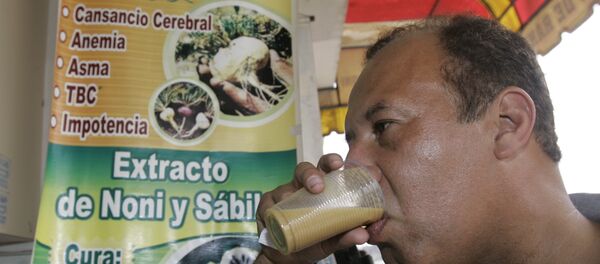When the temperature rises above 80 degrees F, a large decline in births follows within 10 months, according to a new paper from the National Bureau of Economic Research, which based its findings on 80 years of US fertility and temperature data.
An extra "hot day" leads to 1,165 fewer deliveries nine months later across the United States. Birth rates do not bounce back either, with the rebound in subsequent months making up just 32% of the gap.
Economists label that as a problem. Plunging birth rates can wreak havoc on an economy. For example, a declining population means fewer workers to pay Social Security benefits for retirees, among other consequences.
More autumn conceptions mean more summer deliveries, and infants born in the summer experience a higher rate of poor health. One possibility may be "third-trimester exposure to high temperatures."
The researchers suggest that the rise of air conditioning may have helped offset some heat-related fertility losses in the United States since the 1970s.
Researchers project that from 2070 to 2099, the United States may have 64 more days above 80F than in the baseline period from 1990 to 2002, which had 31. That may result in a 2.6% decline in the US birth rate, or 107,000 fewer deliveries a year.



